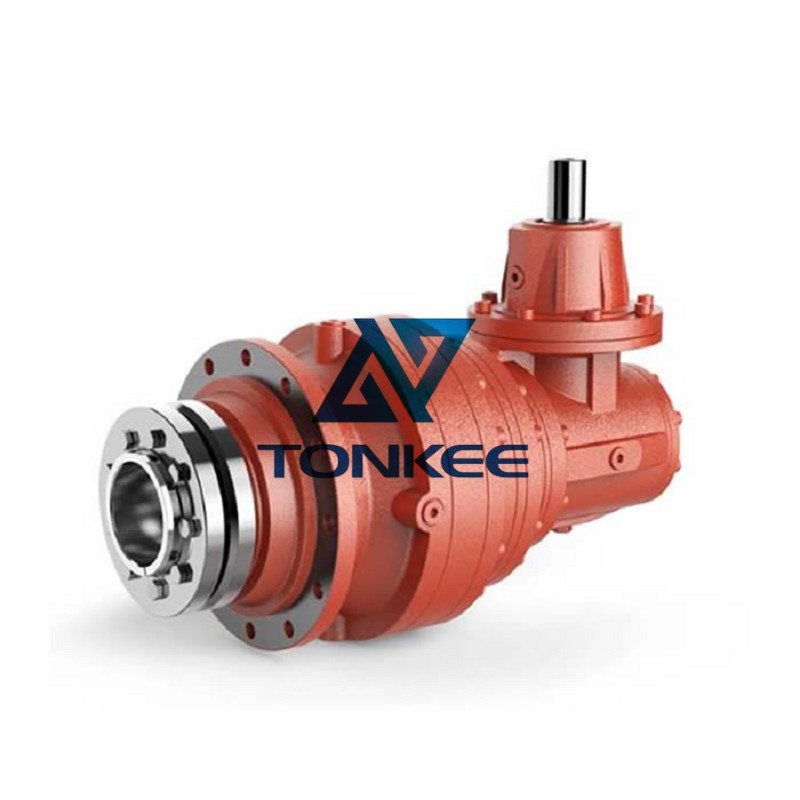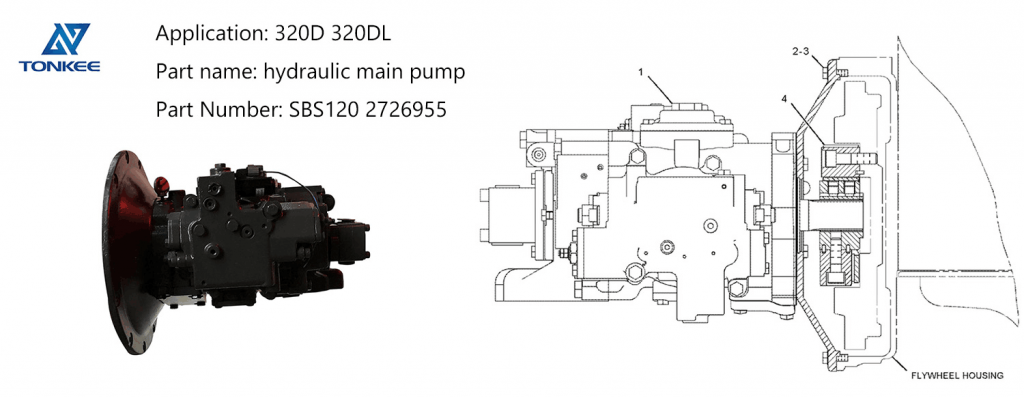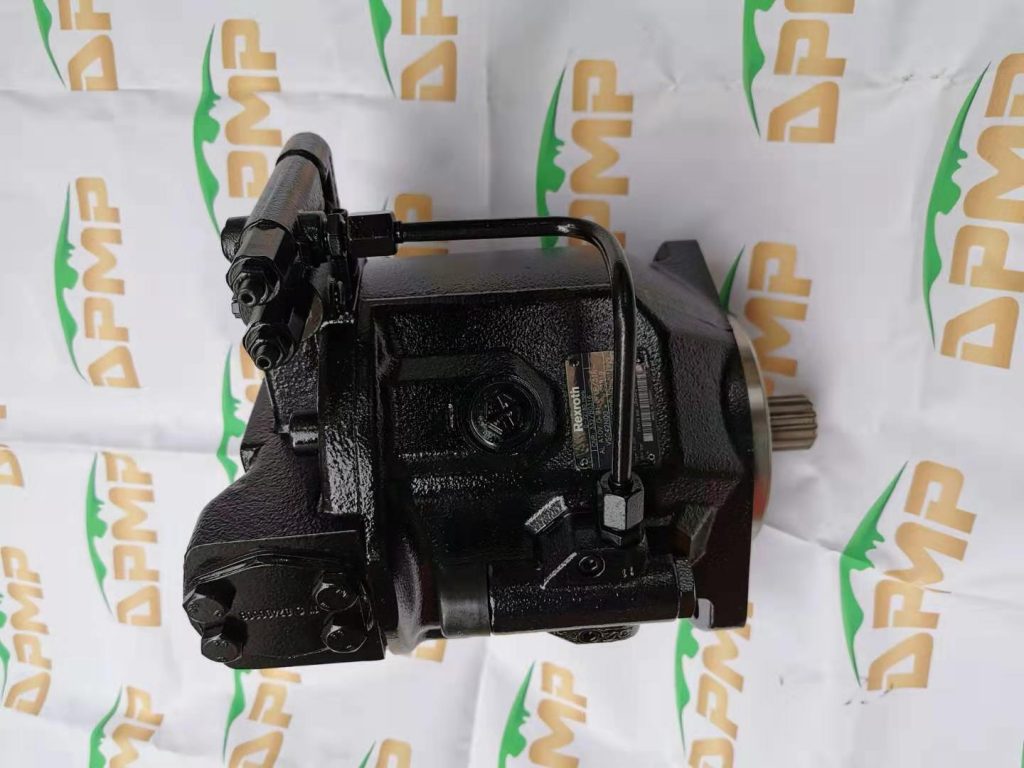
A planetary gearbox consists of several key components, including a sun gear, multiple planet gears, a ring gear, and a carrier.
The planet gears are mounted on the carrier and mesh with both the sun gear and the ring gear. This unique arrangement allows for efficient power transmission and torque multiplication. The gearbox's compact and concentric design is ideal for applications where space is limited, making it suitable for robotics, industrial machinery, and automation systems.
High Torque:
One of the primary advantages of a planetary gearbox is its ability to provide high torque output. By distributing the load among multiple planet gears, the gearbox can handle substantial loads without excessive wear and tear. This makes it an excellent choice for applications that require high torque, such as heavy-duty conveyors, winches, and automotive applications like electric vehicle (EV) drivetrains.
Low Noise:
Planetary gearboxes are known for their quiet operation. The load-sharing characteristics of the multiple planet gears reduce vibration and noise, resulting in a smoother and quieter performance compared to other gearbox types. This low noise level is particularly beneficial in applications where noise reduction is critical, such as medical equipment, printing presses, and precision instruments.
Specifications:
Gear Ratio: Planetary gearboxes are available in a wide range of gear ratios, allowing users to choose the appropriate ratio for their specific application.
The gear ratio determines the relationship between the speed of the input shaft (usually from a motor) and the output shaft, enabling speed reduction or increase as needed.
Torque Capacity: Planetary gearboxes are rated for a maximum torque capacity, which defines the maximum load they can handle without causing damage. These gearboxes can deliver substantial torque output, making them suitable for heavy-duty tasks.
Input and Output Configuration: Planetary gearboxes can be configured with various input and output options, including shafts, flanges, and motor adapters, making them adaptable to different motor types and connection requirements.
Efficiency: Planetary gearboxes typically offer high efficiency, meaning they transmit power effectively with minimal energy loss. This is important for applications where energy conservation is a priority.
Backlash: Backlash is the amount of play or clearance in the gearbox's internal gears. Low backlash is crucial for applications that require precision and accurate positioning, such as robotics and CNC machines.
Operating Temperature Range: The gearbox's operating temperature range is essential to ensure it can function reliably in various environmental conditions. Some gearboxes are designed for specific temperature extremes or special environments, like food processing or cleanrooms.
Material and Coating Options: Planetary gearboxes are available in various materials and coatings to meet specific industry requirements, such as corrosion resistance in marine applications or compliance with food industry standards.



 English
English Русский язык
Русский язык





